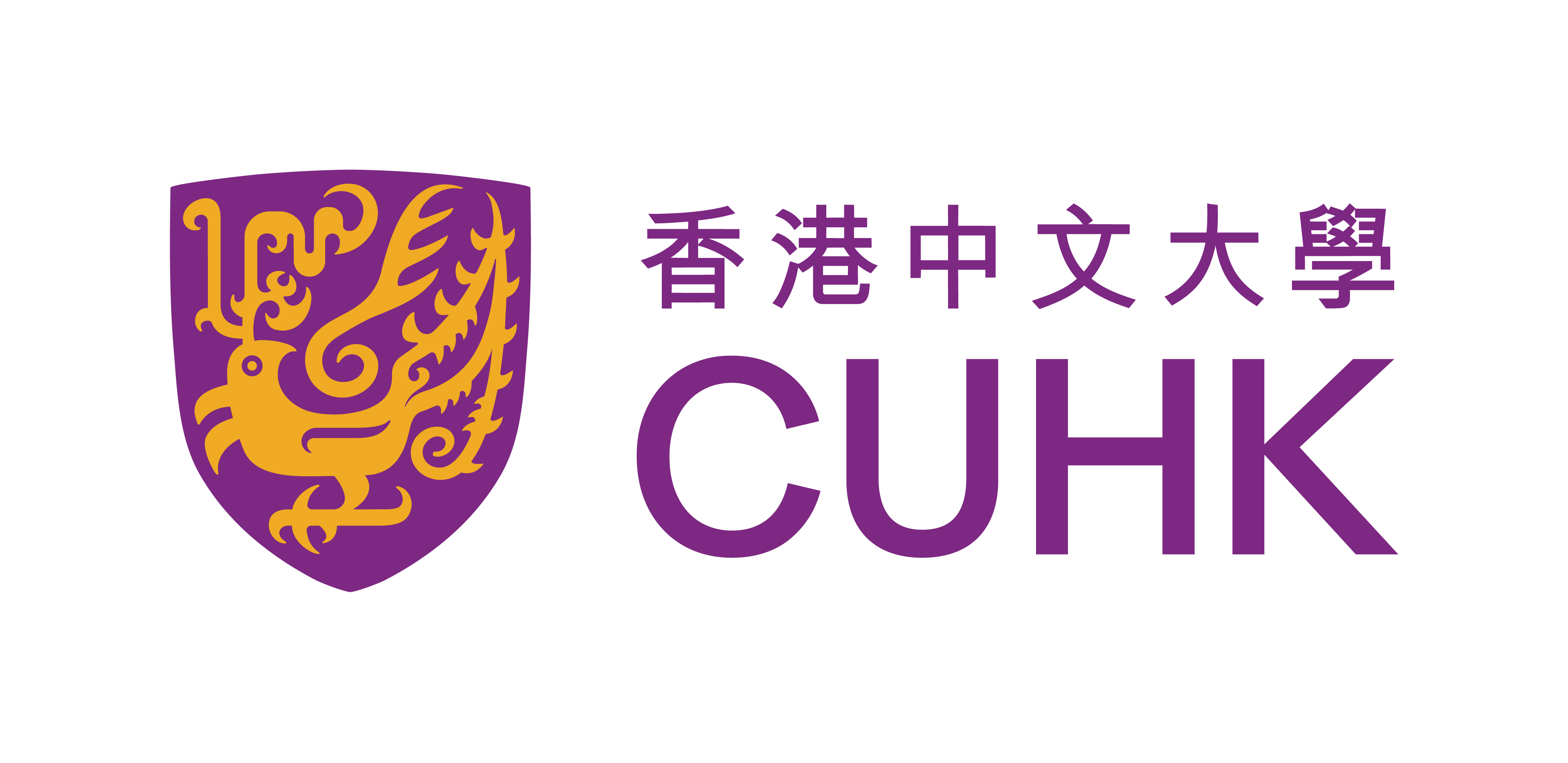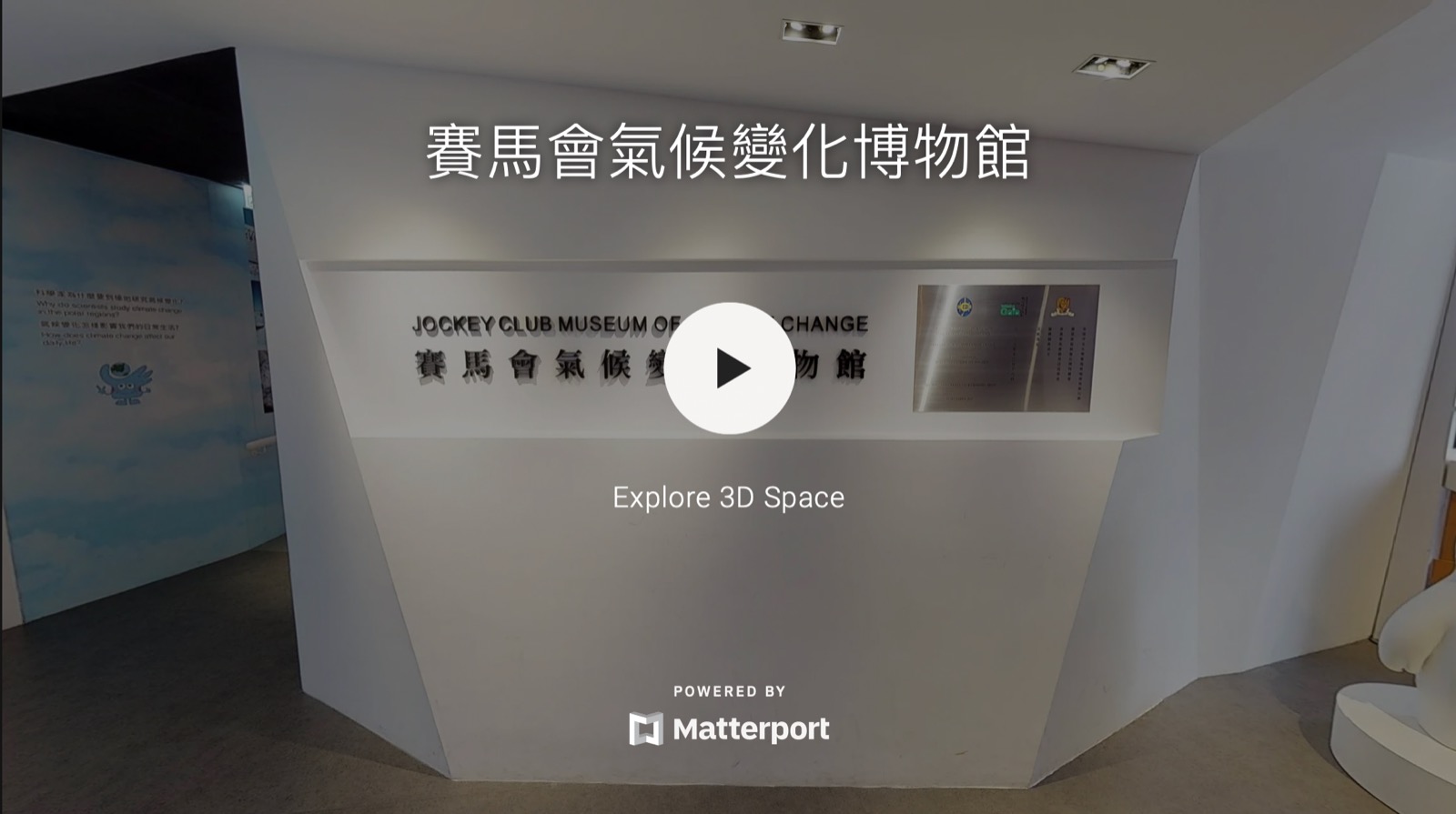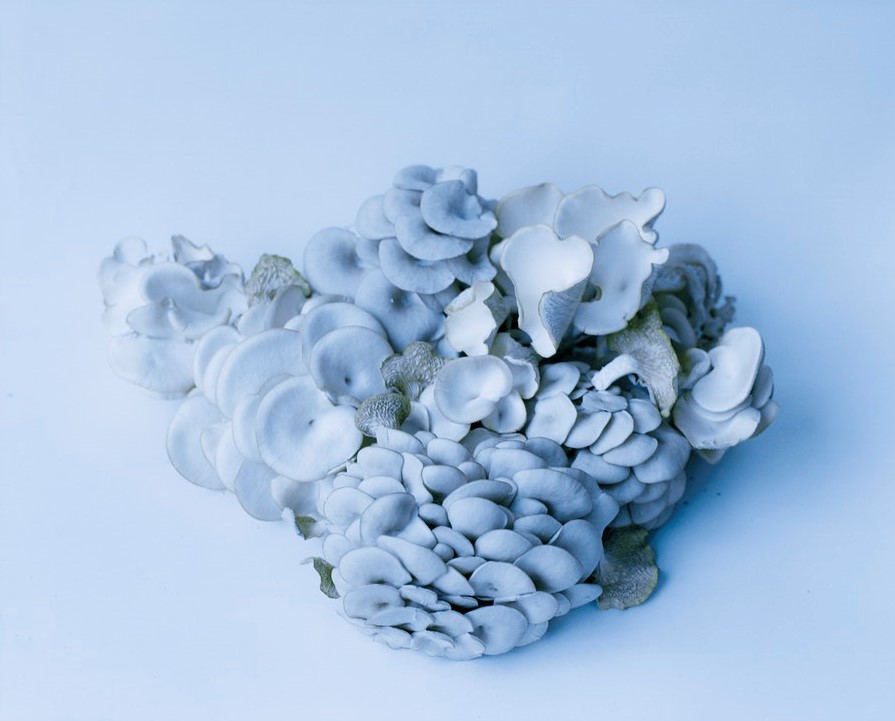An ever-changing, complex dialogue is going on right beneath our feet.
Mycorrhizal fungi weave themselves into the tips of roots, joining them into a vast, highly intricate, collaborative structure that has the ability to communicate and organize itself collectively. These subterranean networks feed plants, protect them from disease and aid the rapid absorption of carbon from the atmosphere. Neither plant nor animal, they are members of their own natural kingdom with a combined biomass that exceeds that of all animals.
Fungi have been found to harness compounds that can aid in the treatment of cancer, diabetes and potentially even diseases such as HIV and the Zika virus. Already 15% of all vaccines and biologically produced drugs, including many antibiotics like penicillin, come from fungi.
A recently found type of mycelia growing in the soil of a landfill in Pakistan has been found to break down polyurethane plastic in a matter of weeks. Others are able to degrade harmful heavy metals, absorb pollution from oil spills, consume persistent pesticides and even rehabilitate radioactive sites.
The abilities of fungi are manifold. They are used as biocontrols of plant disease, as biofertilizers, as elements of a solution for food insecurity, in agricultural waste disposal, as biofuel, in soil regeneration and in plant-based commodities. They are one of the most promising agents in relieving the pressures we put on the natural world and its resources. Mycology deserves our attention and support, as its findings time and again contribute to the solutions needed for many of our ongoing challenges.
Although fossilized mycelium have been traced back further than any other life-form, more than 90% of the estimated 3.8 million still remain unknown. As we continue to erode our forests, damage our soil through mechanised industrial farming and fuel climate change as a whole, fungi are disappearing and with them their potential to save us.
In our quest for a sustainable and reciprocal relationship between man and nature, mycology offers us a view of our past and the possibility of a more symbiotic future. A future where human and non-human animals, plants and fungi co-exist together in thriving ecosystems.













